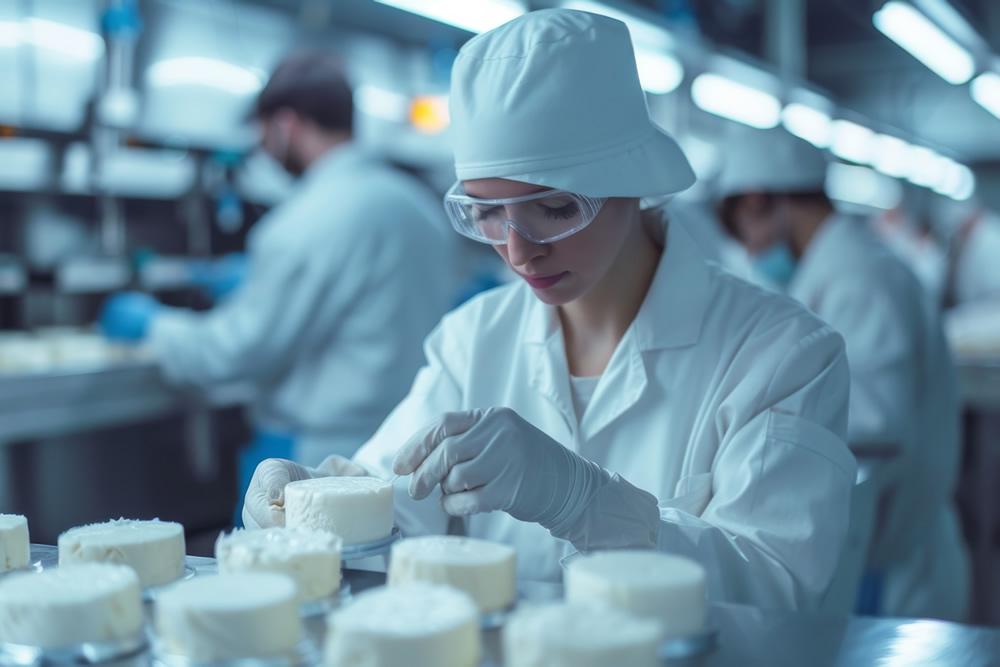The global commercialization of life sciences products - ranging from pharmaceuticals to medical device - requires a complex orchestration of scientific innovation, regulatory strategy, and linguistic precision. As companies seek to expand their footprint across diverse markets, the role of translation becomes not just supportive but integral. This article explores the critical journey of life science products from their inception in the laboratory to their distribution in the global market, focusing on the pivotal role translation plays at every step.
The Genesis of Translation in Life Sciences
The development of any life science product begins with extensive research and documentation. Right from the research and development phase, the need for precise translation is evident. Scientific research, patents, and technical documentation need to be meticulously translated to ensure consistent understanding across various stakeholders involved globally, including researchers, strategists, and policymakers.
Clinical Trials and Translation
As the product moves into the clinical trial phase, translation needs become more complex. Clinical trials often span multiple countries to ensure diverse genetic pools are included, which helps in understanding the efficacy and safety of the product across different ethnicities. Each piece of documentation related to clinical trials, including consent forms, patient information leaflets, and trial protocols, must be translated into the native languages of all participants. This not only upholds ethical standards but also ensures regulatory compliance and maintains the validity of the trial across borders.
Regulatory Approval: Navigating through Linguistic Compliance
Gaining regulatory approval is one of the most critical steps in the journey of a life science product. Each country has its own regulatory body—such as the FDA in the United States, EMA in Europe, and PMDA in Japan—that imposes stringent guidelines on the documentation required for product approval. These documents, filled with specialized terminology and complex regulatory language, must be translated with high accuracy to avoid misinterpretation that could delay approvals or lead to non-compliance.
Marketing and Packaging: The Final Frontiers
After clearing regulatory hurdles, translating marketing materials and packaging becomes the next significant challenge. This includes everything from the product labeling, package inserts, and marketing campaigns to training materials for local distributors and healthcare professionals. The translation in this phase is not just about linguistic accuracy but also cultural adaptation. Marketing translations need to resonate with local cultures, adhere to local regulatory requirements, and effectively communicate the product’s benefits to the target audience.
Post-Market Surveillance and Continuous Updates
The journey does not end once the product hits the market. Post-market surveillance documents, reports on adverse reactions, and updates to product information as new research becomes available all require ongoing translation. This ensures that all stakeholders, including consumers and healthcare providers, are kept informed about any updates, maintaining safety and efficacy standards globally.
Challenges in Life Science Translations
Despite the critical role of translation in the global rollout of life sciences products, several challenges persist. These include managing the high volume of documents, ensuring consistency across multiple languages, and staying updated with ever-evolving regulatory terminologies. Additionally, the translators must possess a unique blend of linguistic skills, technical knowledge, and cultural awareness to ensure that translations are not only accurate but also compliant and culturally appropriate.
Summarizing
The journey of life science products from lab to global market is fraught with challenges that require not only scientific and regulatory acumen but also sophisticated translation capabilities. As companies continue to pursue opportunities in new markets, the demand for skilled translation services that can navigate the complexities of languages and cultures will only grow. It is through proficient and nuanced translation that life sciences companies can truly achieve global reach and bring innovative health solutions to patients worldwide.
Powerling has years of expertise in navigating the complexities in this area. Contact a representative for an in-depth review of your systems and processes for commercializing your life sciences products. We're here to help.

